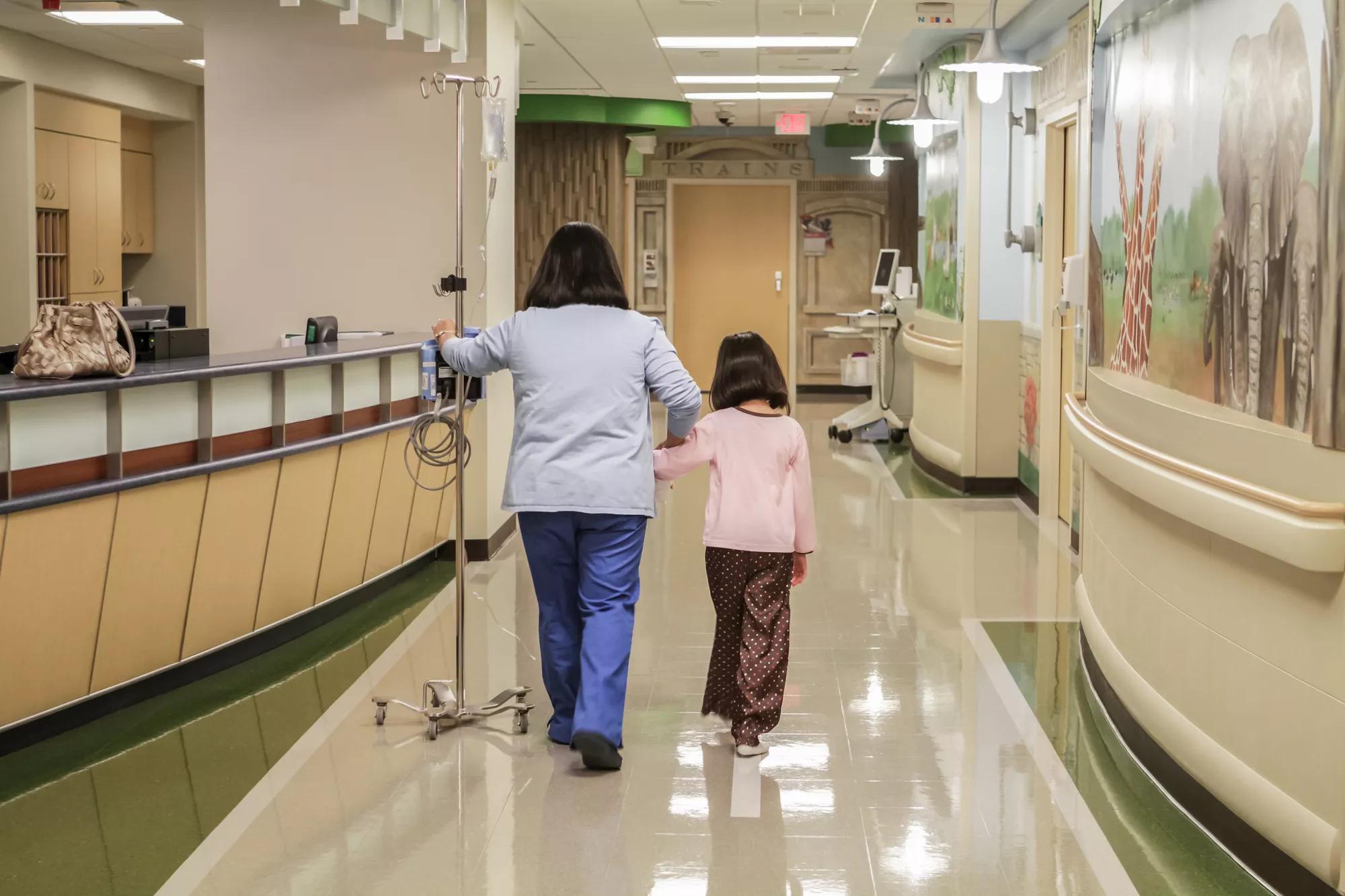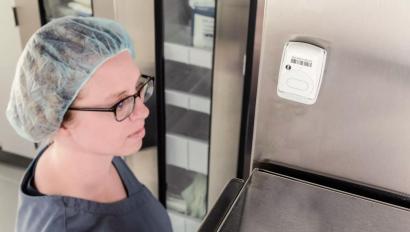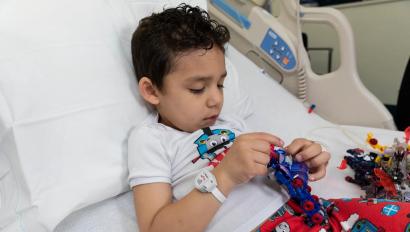Q&A Session: Establishing a Hospital Patient Security Plan That Works

Robert Sherwood, Interim Director of Public Safety Technology at Lee Health, shares advice on creating an effective patient security plan.
Robert Sherwood is Interim Director of Public Safety Technology for Lee Health, one of the largest public, not-for-profit health system in Florida. In 2019, Lee Health began implementing Hugs Infant Protection to safeguard infant and pediatric patients across Golisano Children’s Hospital and HealthPark Medical Center. Sherwood served as project manager for the phased deployment, and the solution now protects patients across 11 clinical units.
To help other public safety and technology leaders benefit from Sherwood’s experience, Securitas Healthcare asked him about what it takes to create an effective patient security plan. What follows are excerpts of the discussion.
Can you give us an overview of your tenure and role at Lee Health?
I’ve been with Lee Health for a decade, and I’m currently leading the Public Safety Technology function system-wide. In this role I’m constantly liaising between our Public Safety team, which includes 40 professionals, and our Information Services group. I help translate safety needs into technical requirements, lead any new public safety tech implementations and provide first-line troubleshooting for technical challenges. Lee Health’s patient safety technology portfolio includes cameras, access control systems, and our infant protection solution, but technology is just one component of our patient safety plan.
What are other elements of your patient safety plan?
We know not to put all our eggs in one basket, so our plan encompasses people, process and technology. As a health system, Lee Health has a stated commitment to safety, and it’s engrained in our culture. Every member of our staff – no matter their function or department – understands the importance of keeping patients safe. We also view our Public Safety team as an integral part of the quality and safety of patient care. Talking about safety, observing and reporting risks, and finding ways to mitigate those risks are all routine parts of our day-to-day work.
What were some of the public safety technology considerations that led Lee Health to implement Hugs Infant Protection?
First, integration was top of mind. As a health system, we strive to simplify our environment by only using systems that integrate with each other. We don’t want a bunch of standalone applications that our people have to learn. When we were searching for a new infant protection solution, finding one that would integrate with Genetec, our building management system, was a key priority. We also wanted to be able to tie the new patient security solution in with our other security infrastructure. It’s now been a couple of years since we went down this path, and our experiences have only reinforced the benefits of integration.
Another important consideration was the underlying connectivity of a new solution. Our previous infant protection system was based on radio frequency (RF) technology that resulted in a ton of false and ghost alarms. Hugs runs on Lee Health’s enterprise Wi-Fi network, which means we have been able to extend the coverage campus wide.
In addition to eliminating the false alarms, the Wi-Fi-based solution also gives us accurate visibility into the location of infant and pediatric patients. That’s a huge advantage – and not just when there’s an attempted abduction. Don Edge, our Director of Public Safety, always reminds us that the world is always changing, and what’s happening on the outside of the hospital can also happen on the inside. With Hugs, we’re in a better position to stay ahead of emerging security risks.
What advice would you share with others who are working to build an effective patient safety plan?
When you’re building a patient safety plan, start by identifying the risks. Look at your patient population and know what the related risks are. If you don’t know, do the research. From there, look at your hospital’s policies for safety and security. Build a plan covering people, process and technology, and update it as new threats and risks emerge.
When you’re planning, implementing and managing safety technology, create a three-legged stool that includes clinical, IT and public safety. In my role, I have a foot in public safety and a foot in technology. Bringing together other resources from those functions – plus clinical leaders – was key to our success.
By getting all the right people involved, we gathered diverse input that helped shape how we moved forward. It also strengthened the buy-in and support from the various teams that would be using the new solution. And once we selected and began to install the new system, our multi-disciplinary team was able to work through technical issues very quickly and effectively.
























